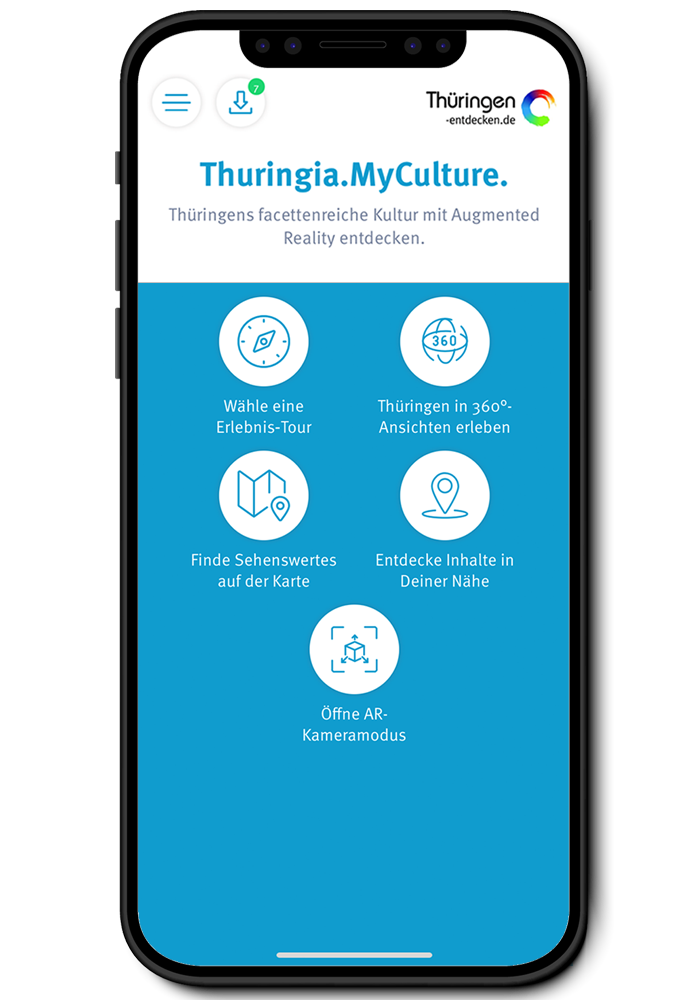Visit the state capital Erfurt and go on a virtual discovery tour through Thuringia.
One for all
Heldburg Fortress - German Castle Museum
As well as castle models, the museum features 350 original exhibits, which the permanent exhibition uses to illustrate what we can know about castles today – and what is still a mystery to us. The most valuable exhibits include one of the oldest German swords, a rope ladder and two life-size fighting knight figures in armour. Children will be particularly amazed by the delicate toys from around 1400, by the astonishingly small beds of the adult knights and by a suit of armour that has been broken down, as it were exploded, into all its individual parts.
“At the museum, we want to tell the visitors all about the history and the cultural history of the castle in the German-speaking region,” says Prof. Ulrich Grossmann, Director of the German Castle Museum. There is a reason why the exhibition is much more about everyday life than about fighting. According to the expert: “only every third generation of castle residents experienced a siege situation at all.” The rest of the time was unspectacular, even in a medieval castle: people ruled, people administered, people lived. And they spent their leisure time hunting and gambling.
At the German Castle Museum, you will also learn that the history of the German castles does not end with the end of the Middle Ages or the Reformation. It is a myth, says castle expert Grossmann, that most castles were abandoned and fell into disrepair at that time. Castle life continued heartily and not always that demurely in the modern era. Because it was only in the 16th, 17th and 18th century, you will discover, that torturing systematically took place in the buildings, which had re-purposed as official seats and courts of law.
The Heldburg Fortress was never empty. The medieval hill castle was extended several times; even in the 16th century, an impressive Renaissance building was added, the so-called French building. After the Second World War, a local court moved into the building, which was then a Soviet military government headquarters. After that, the castle was a children’s home. In 1982, the premises were almost completely gutted. You can still see traces; they were partially preserved in the renovations at that time.
Since 2016, Heldburg Fortress, which is an attraction in its own right, has attracted castle lovers from all over the world. When you visit the museum, you will immerse yourself in a bygone time and only return to the here and now in the last of the rooms. This room contains computer terminals where you can look up where in Thuringia and the German-speaking region there are other exciting castles for you to visit.
Header picture: ©Björn Chilian
Accessibility
Did you like this story?
You might also be interested in ...















